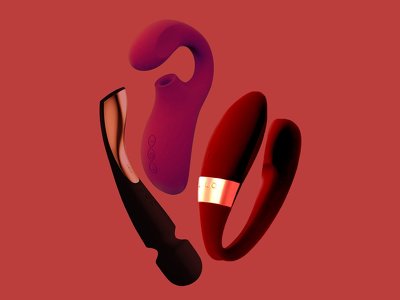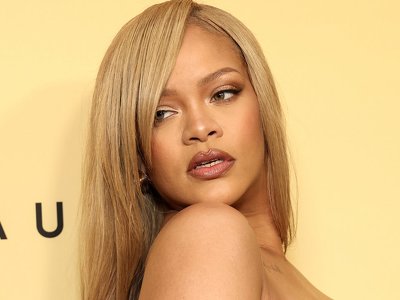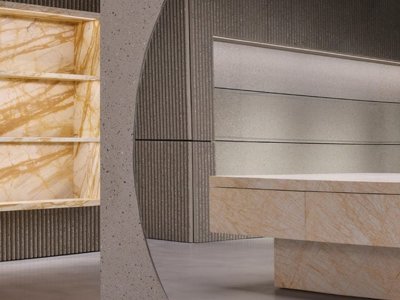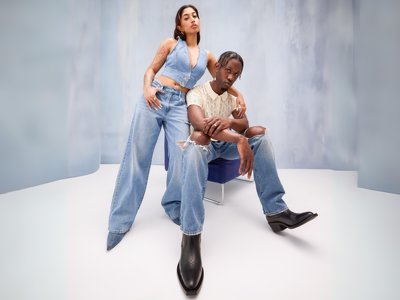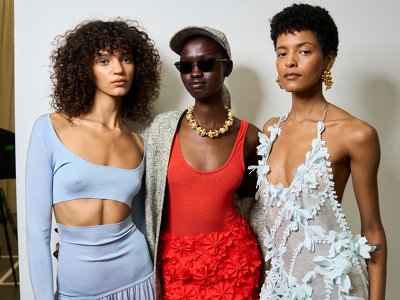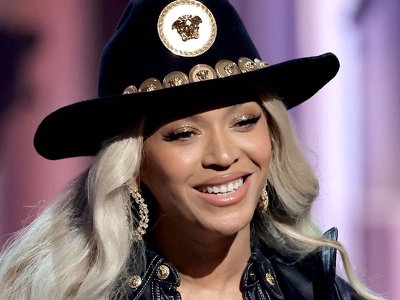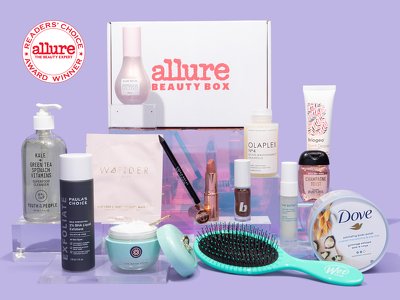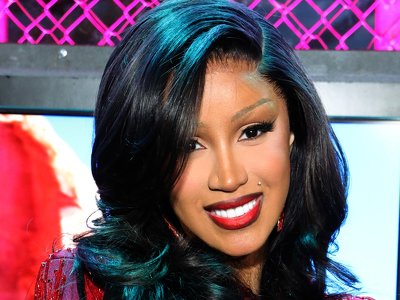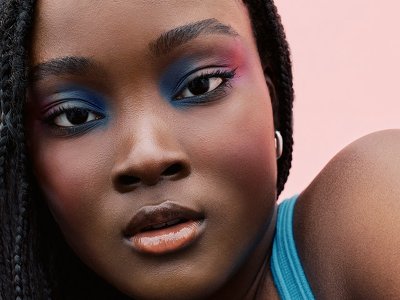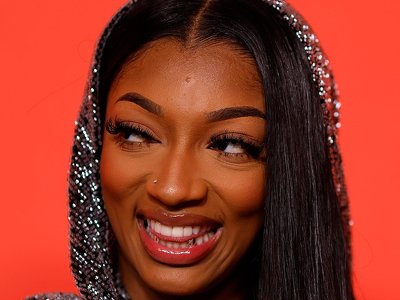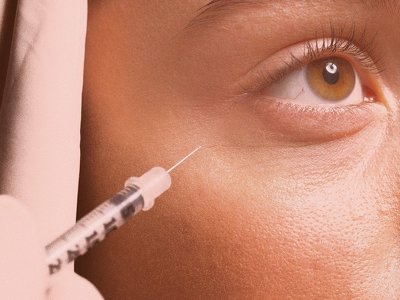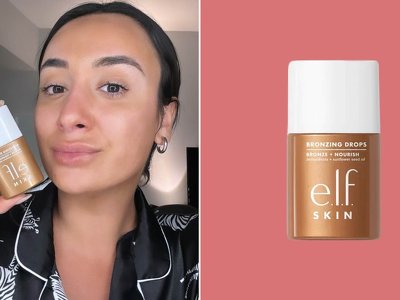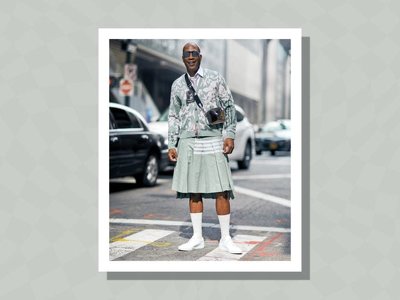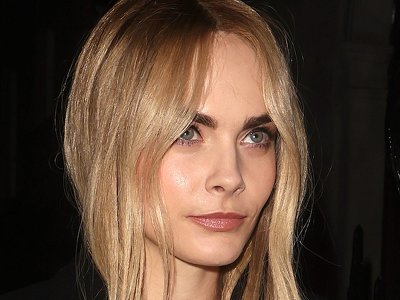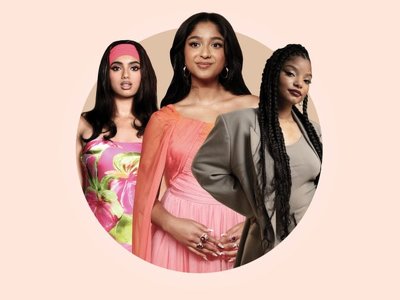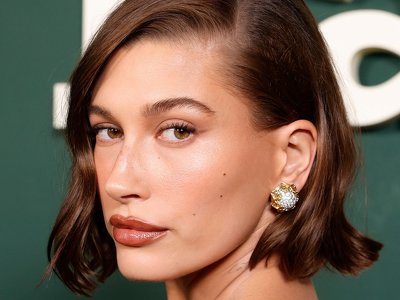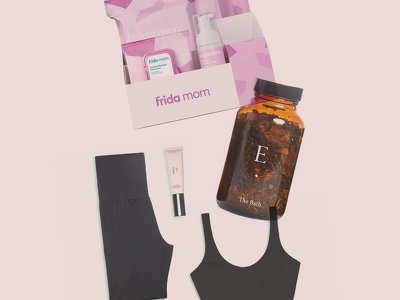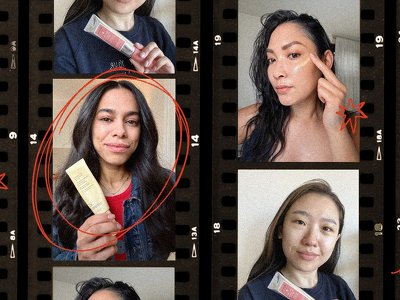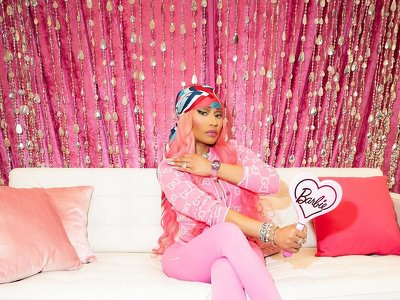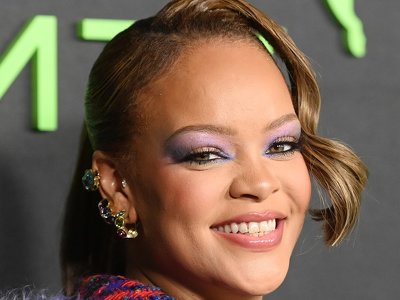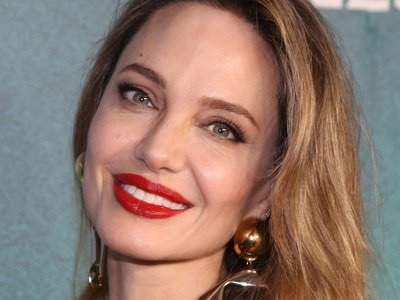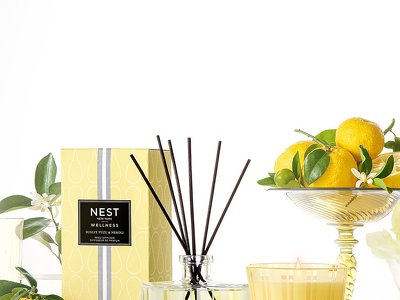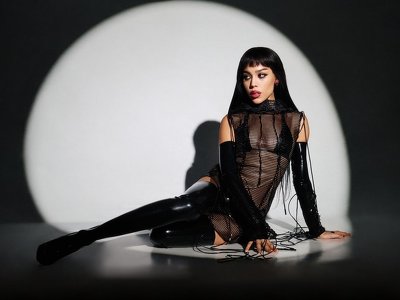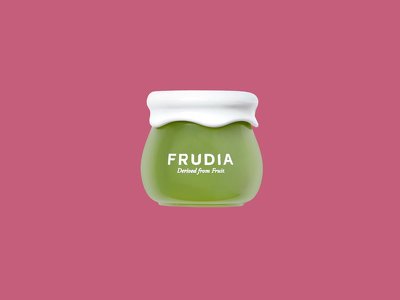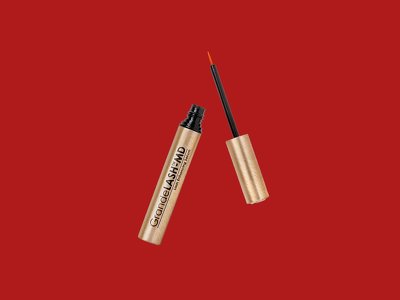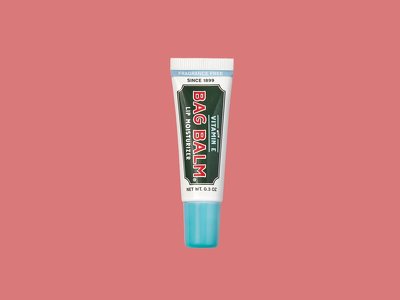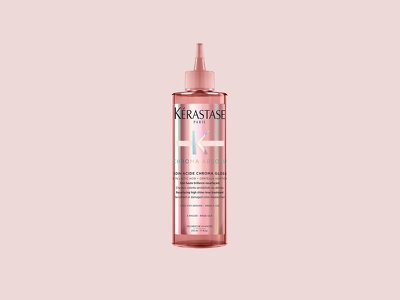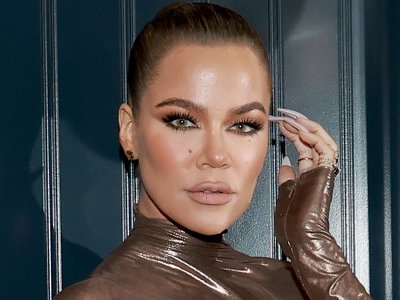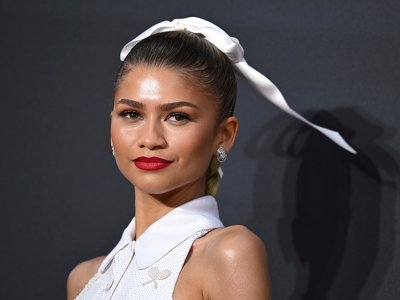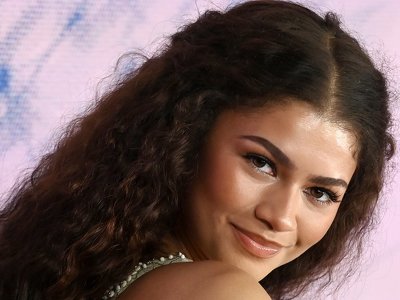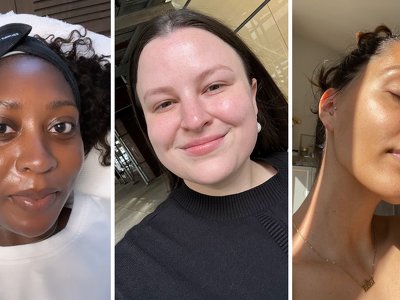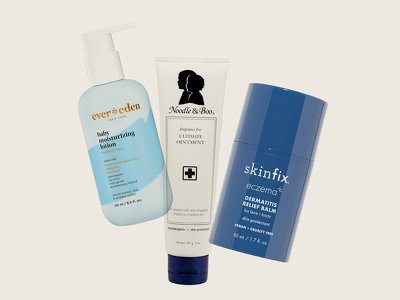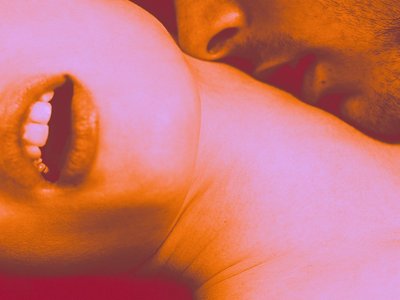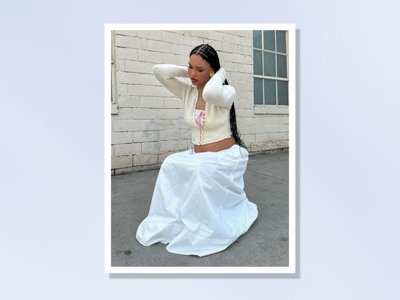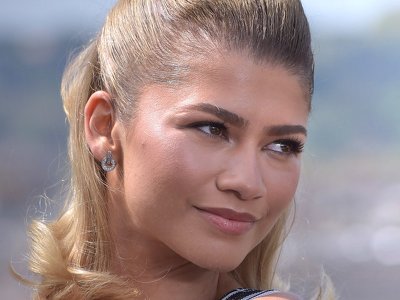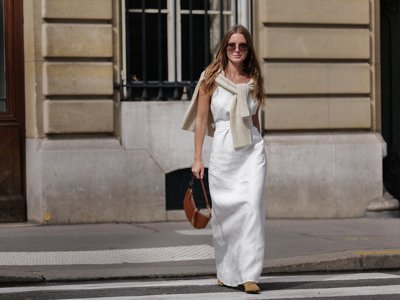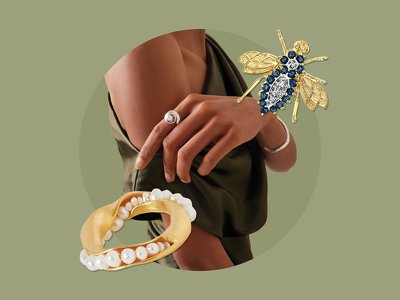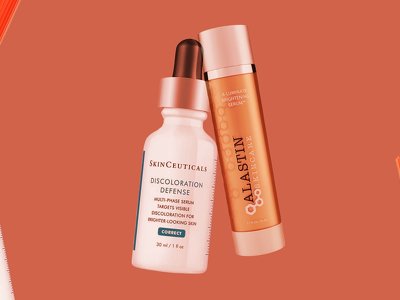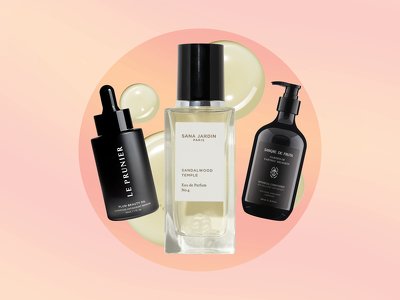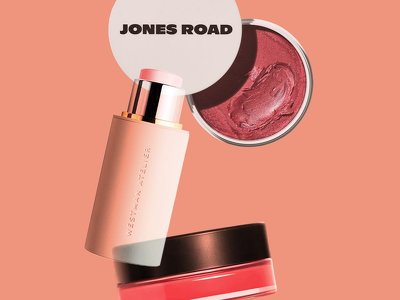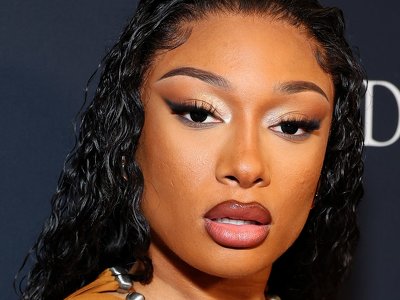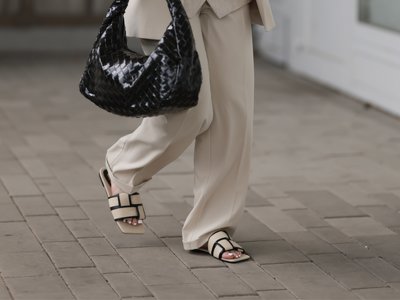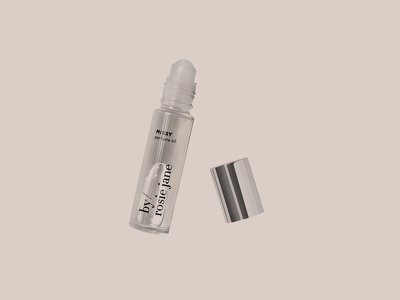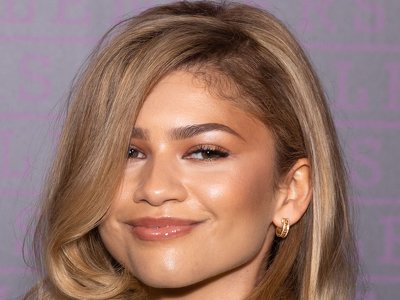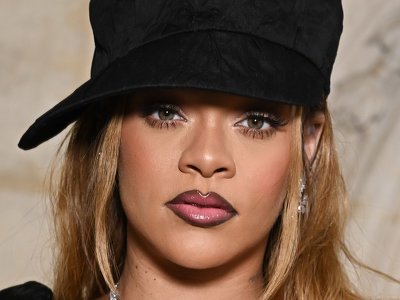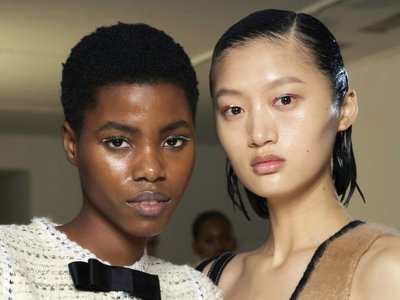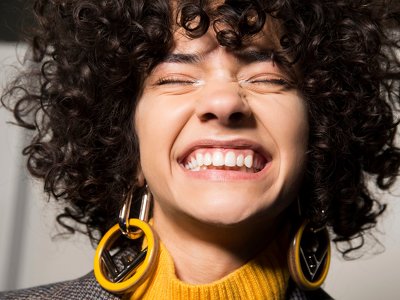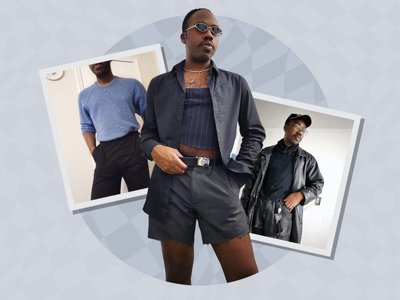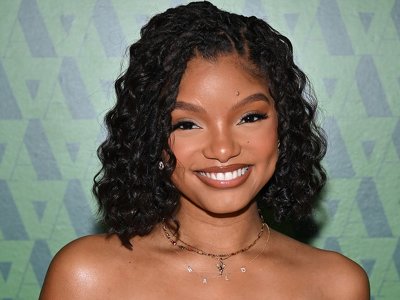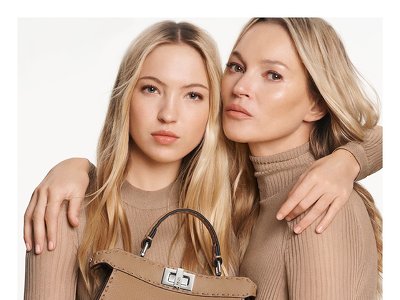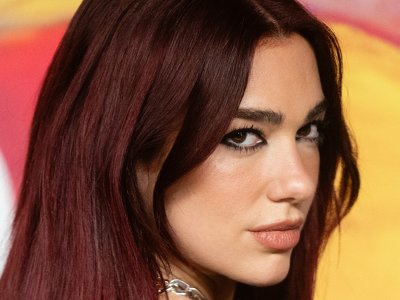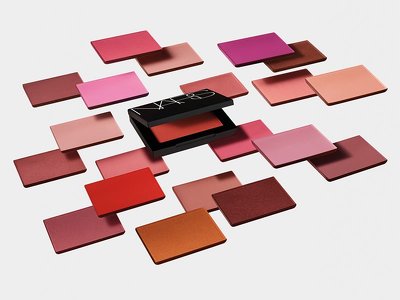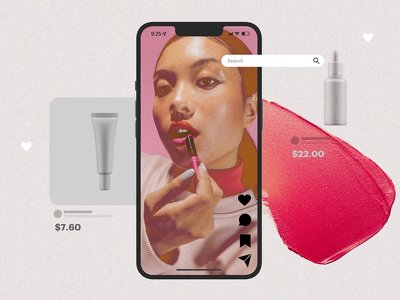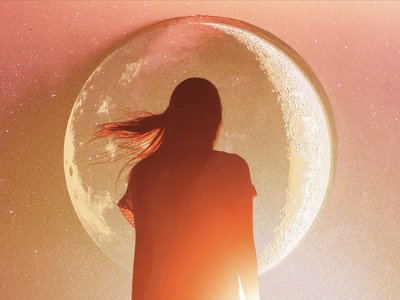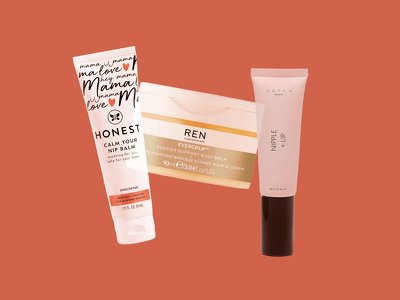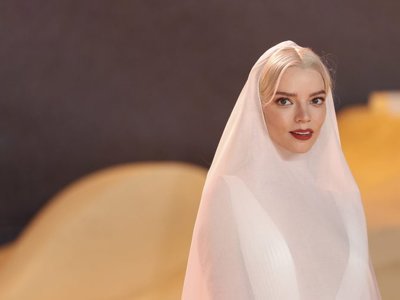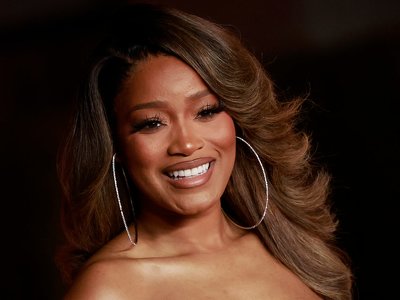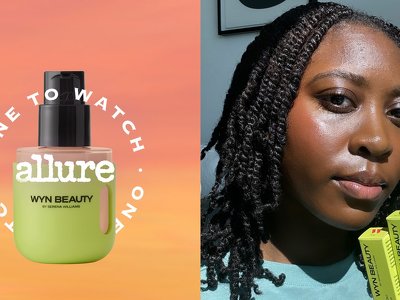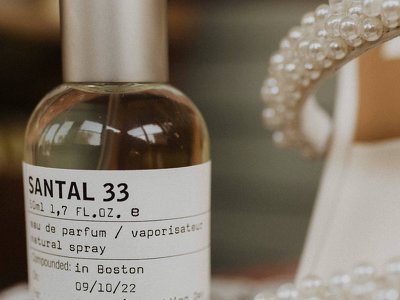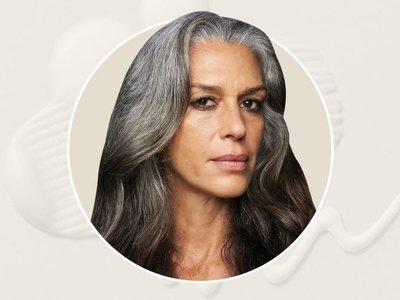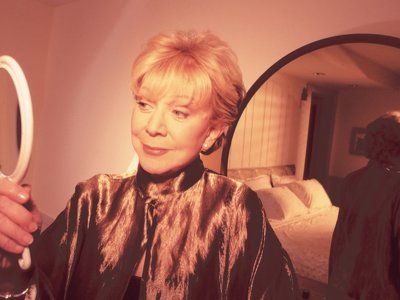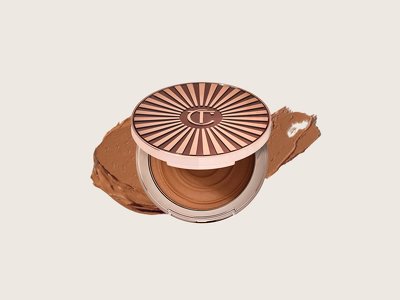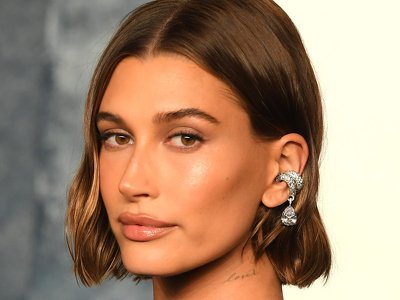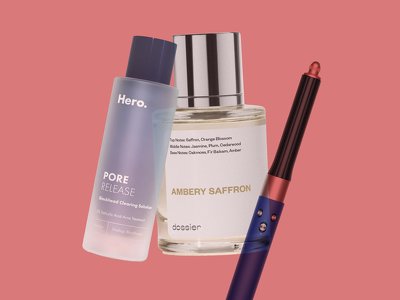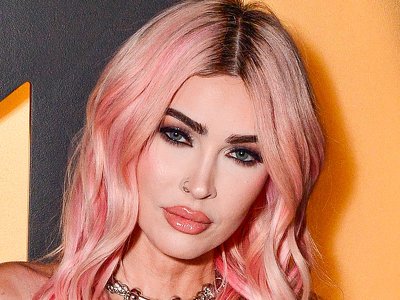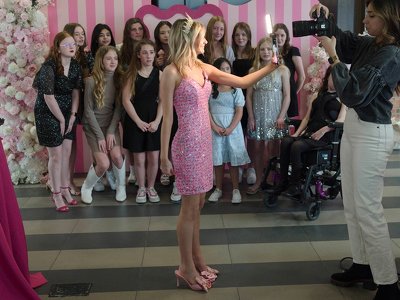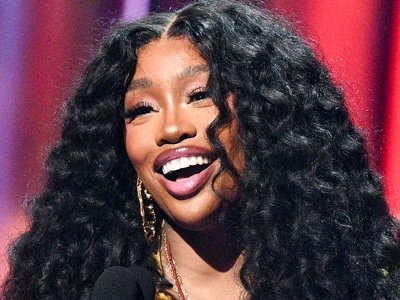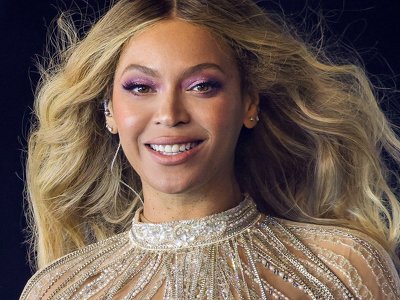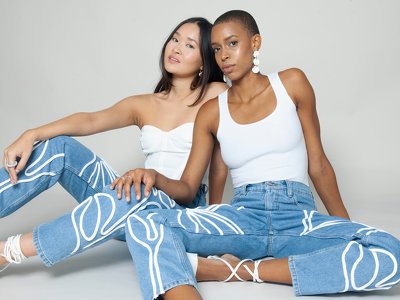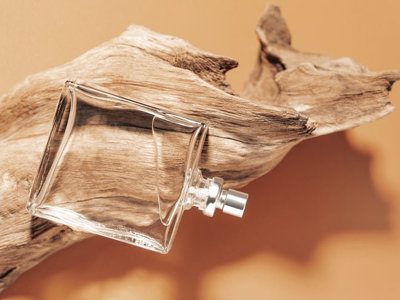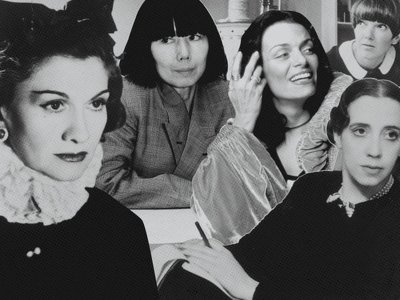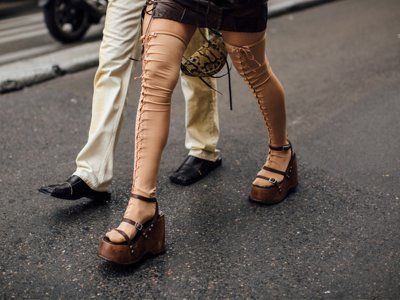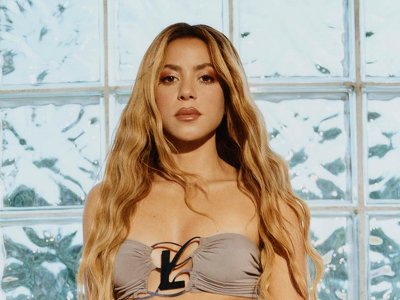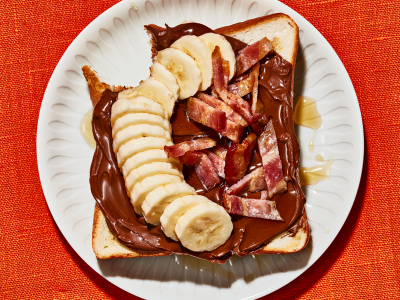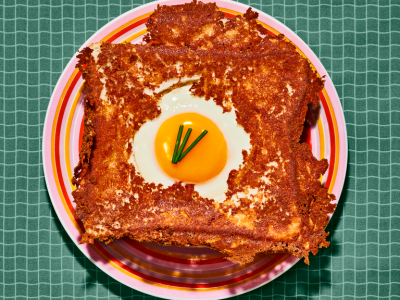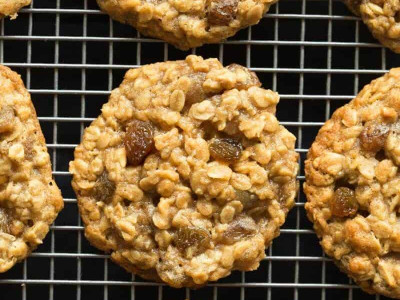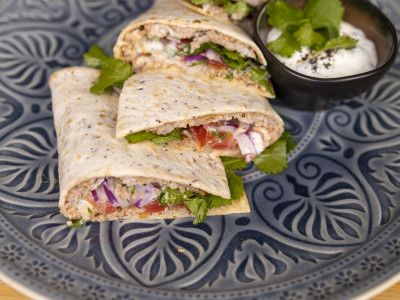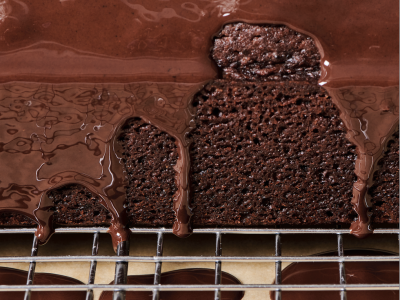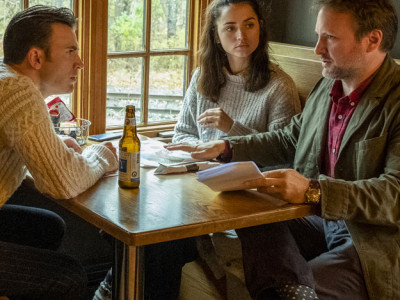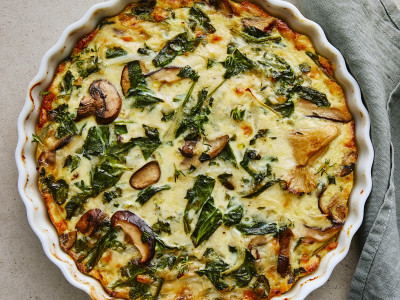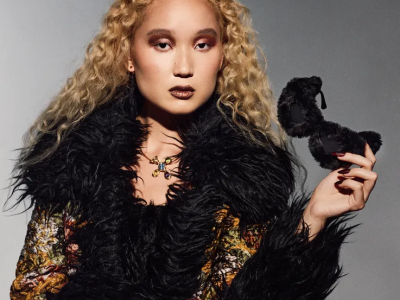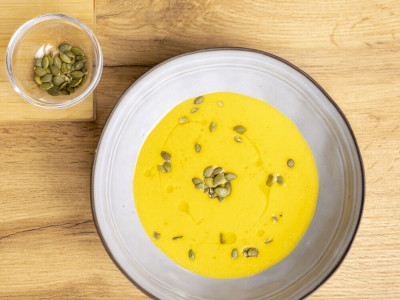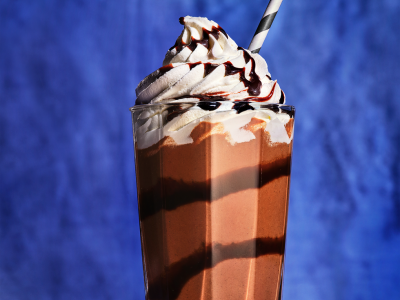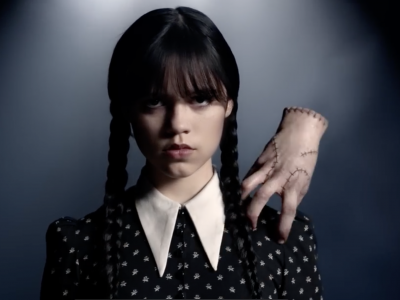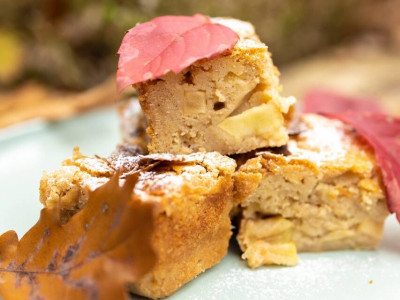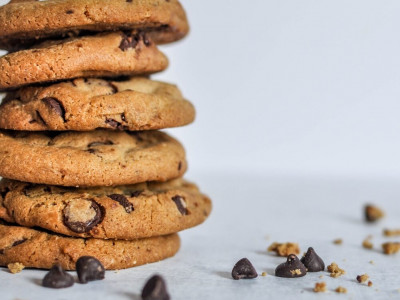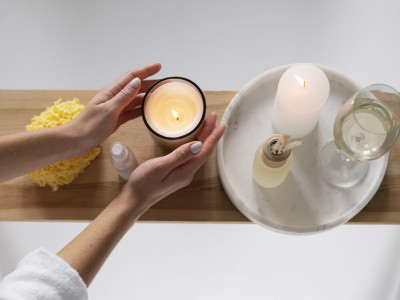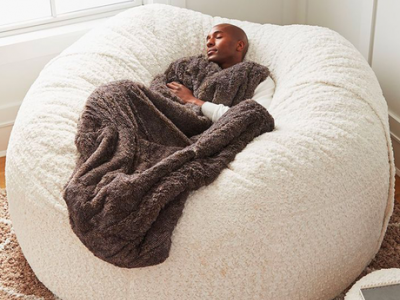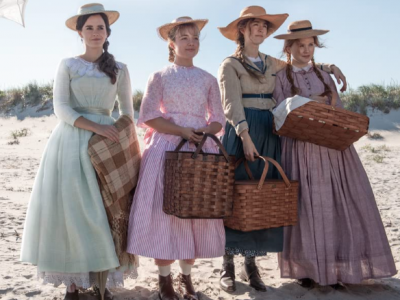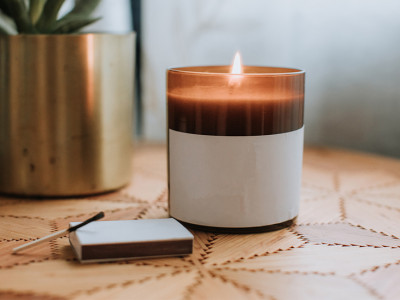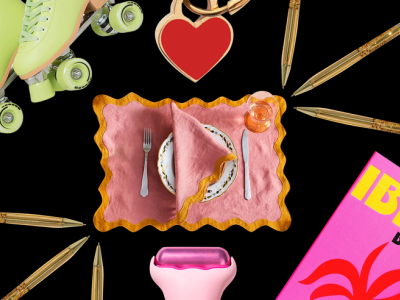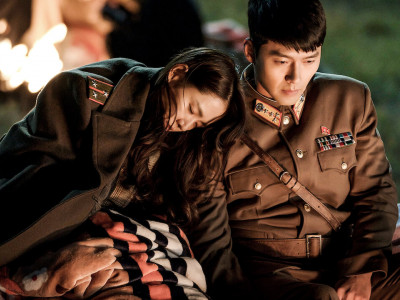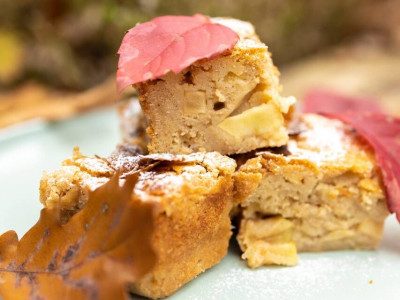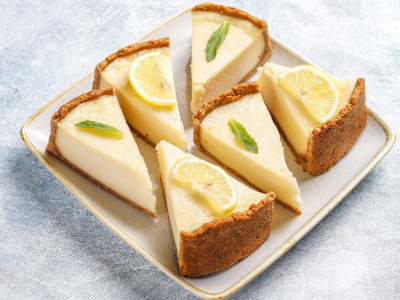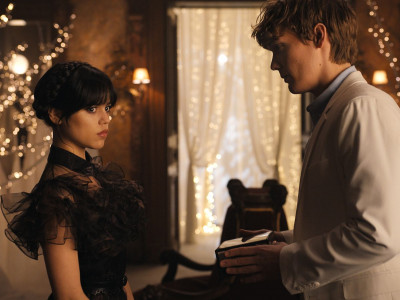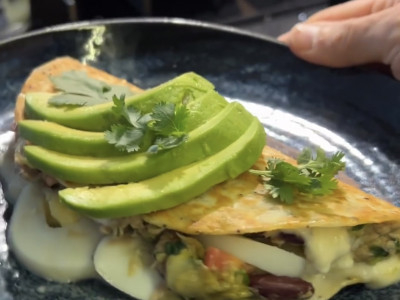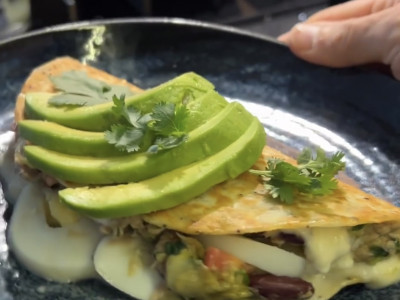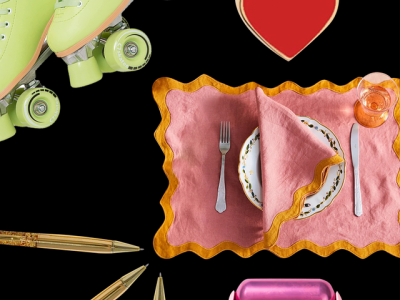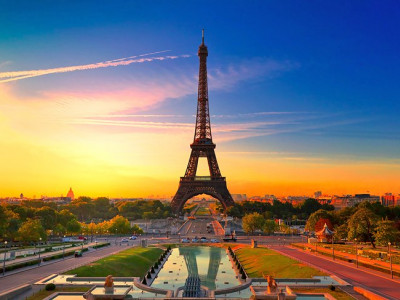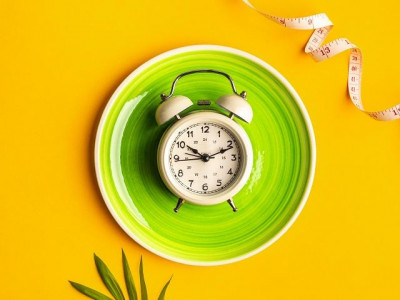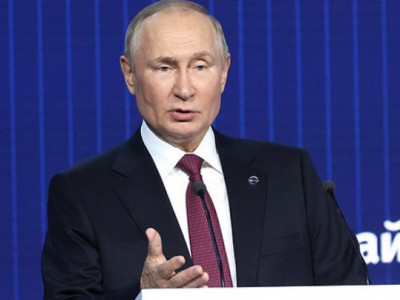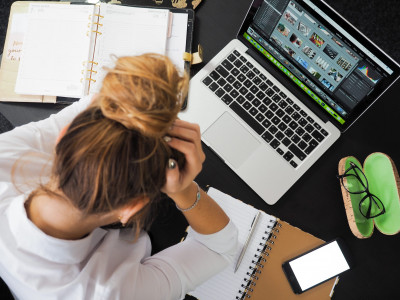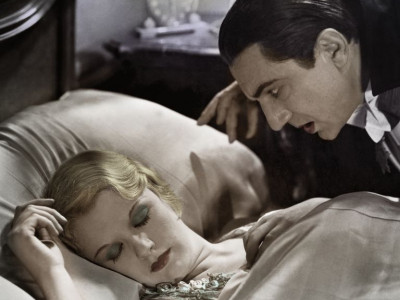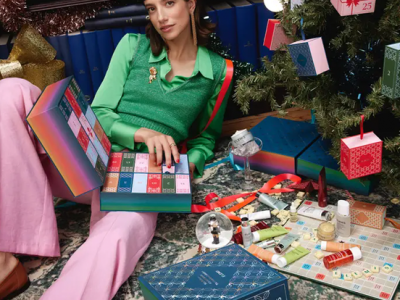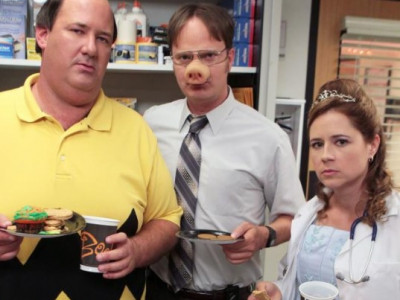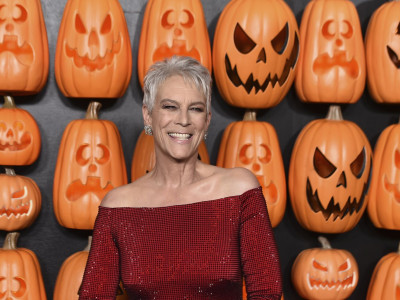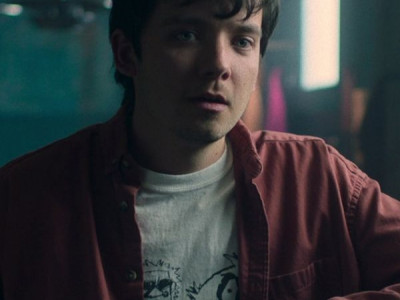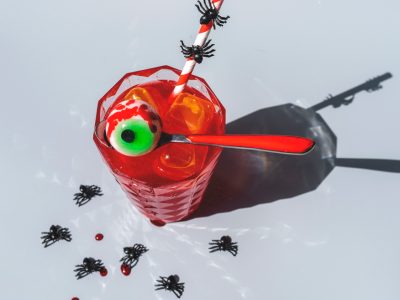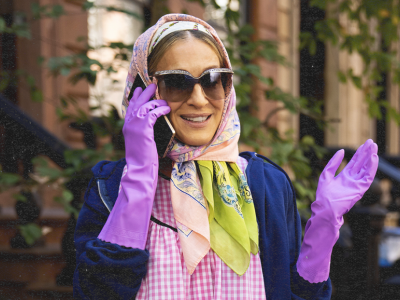How Plastic Surgery’s So-Called “Undetectable” Era Further Stigmatizes Aging

The first time I had anything injected into my face was on Facebook Live for Allure. I was getting Restylane Silk injected into my lips on the Upper East Side while hundreds of users watched. The dermatologist injecting me insisted that she wouldn’t overplump my lips. Admittedly, that was my most intrusive anxiety about the procedure—not the pain or the potential side effects, but the possibility that my lips would filleth over, giving me a perpetually duckfaced pout. She pre-empted my trepidation by rotely explaining, as if she says this to everyone in her office, that she caters to a clientele who prefer conservative tweakments to their features. “Most of my clients don’t want it to be obvious that they’ve had something done,” she said. “They just want to look like themselves but better.” True to her word, my lips did look like mine but better (or just slightly plumper). It was a relief. After all, it was 2017, and filler followed a certain pillowy aesthetic that inspired lip kits (and marketing copy that made them seem filler-adjacent). Lips often announced themselves because, I imagine, they were meant to.
I entered the beauty industry during a time when the #KylieJennerChallenge was a thing, when Instagram filters were an assumed fixture, and eyebrows established their own empire within the beauty industry. The 2010s experienced a beauty culture evolution that normalized medical aesthetics, giving us a peek at how the yassified sausage gets made. It’s as though, for the first time, we were able to publicly try on new features without much downtime or serious risk, so why not? I started seeing cheek filler, brow lifts, thread lifts, and Botox face (which gave wearers a nearly CGI-looking smoothness in their foreheads and perpetual serenity) taking over my feed. The cultural uptake was swift and eager (but not without some of our age-old backlash on vanity).
In less than a decade, TikTok has had the effect that Instagram had on beauty culture, x1000, catapulting plastic surgery trends and inspiring medical aesthetics to innovate and become more competitive. Sure, hair and makeup trends are always evolving. (As a millennial, I get a second chance at navel piercing, something that required parental permission for me when it originally became popular in the Y2K era.) But plastic surgery trends aren’t as low stakes as say, putting a bow in your hair and calling it “coquette.”
“Plastic surgery trends aren’t as low stakes as say, putting a bow in your hair and calling it ‘coquette.’”
I didn’t expect what would come next, but I’ve been hearing more and more about plastic surgery entering into a so-called “undetectable” era. Dazed reported on it last September, talking about Christina Aguilera’s “undetectable” work that has restored her to what she looked like in her “Genie In A Bottle” days. Byrdie also covered it, citing Lindsay Lohan’s glow-up. Elle wrote about the “vibe shift” toward a more demure aesthetic. And Airmail Look described “filler blindness” as the impetus for Gen Z adopting a conservative approach to injectables. (They fear filler’s making them look older than they are.) All signs point to a post-Instagram face era, wherein you can basically pay to look like you did when you were younger. Key word: pay (other key word: younger).
My gut reaction to learning about this was, “Huh? But aren’t most cosmetic procedures meant to be undetectable?” The general goal of so much “undetectable” beauty work seems to be to eradicate one’s perceived flaws in the least obvious way. If this sounds familiar, that’s because that is largely the ambition of the conventional beauty ideal: to remain youthful, firm, and thin. That’s hardly a trend or an era. It’s more like the blueprint, as far as our well-established beauty standards go.
Framing “undetectability” as a trend can have some not-so-subtle negative consequences. If everyone suddenly looks so “undetectably” flawless, our perception of aging becomes skewed, potentially causing anxiety and dread when we see any sign of change in a naturally maturing body. It makes all of these plastic surgery “tweaks” seem more compelling and even urgent for those who can afford them—and more defeating for those who can’t. We’re veering full-circle and once again stigmatizing growing older.
It’s true that the wellness movement has tried to emphasize a lifetime of well-being and the privileges of aging. However, I still hear aging framed as an aesthetic condition that must be managed rather than a natural trajectory of life. Beauty advancements have allowed us more time to reconcile our complicated feelings about age and beauty and to ask ourselves: What exactly are we so diligently preserving ourselves for anyway? At what point is our commitment to beauty a decision that’s more damaging than beneficial? For those who can afford these temporary solves for our aging anxieties, indulging seems to be the easier path to gratification than reckoning with those feelings.
Beauty often obscures the labor required to achieve it. Its relative ease and rewards are a status symbol afforded by a wealthy class. Those of us who aren’t able to keep up may find ourselves re-evaluating our self-worth in a culture that insists that beauty is for everyone—even as it becomes increasingly inaccessible for those below a certain tax bracket.
By the sound of it, the zeitgeist is trading the sculpted snatchedness of the last decade for tweakments, microtox, and Baby Botox, and christening them as novel adaptations of natural beauty. That’s where I bristle. Redefining natural beauty by unnatural means is where we need to hit pause. Perhaps we reconsider how much we are willing to buy into the kind of beauty that keeps pushing us toward an à la carte menu of algorithmically selected human features that are in one year and out the next.
“Redefining natural beauty by unnatural means is where we need to hit pause.”
I haven’t really gotten any injections after my name left mastheads. I was happy to partake when they were a beauty editor perk with no implications on my finances. (When I priced out how much it would cost to maintain my masseter Botox for my TMJ, I decided the teeth-grinding wasn’t that bad.) But I also don’t think it’s necessarily a bad thing to have obstacles between me and every new tantalizing injectable that becomes available. The choices we make for beauty are personal, but they’re not inspired in a vacuum, of course. Beauty trends will always evolve in reaction to what’s happening in our culture, economy, and how both are affected by the current political landscape. Our desires are heavily influenced by social mandates, which is why they’re worth exploring before we allow ourselves to be consumed by them.
To be truly seen for who you are, rather than a persona you perform, is a life-affirming and worthwhile endeavor. It takes courage to fully embody oneself, and I believe that’s how beauty is most interesting. It’s my favorite kind of beauty, one that is absolutely worth detecting.
Read more about the latest beauty trends:
Now, watch Nicole Kidman break down her most iconic beauty looks.
- Last
- April, 28
-
- April, 27
-
- April, 26
-
-
- April, 25
-
- April, 22
-
-
-
-
- April, 16
-
-
-
-
-
- April, 15
-
-
-
- April, 13
-
-
News by day
5 of July 2025
